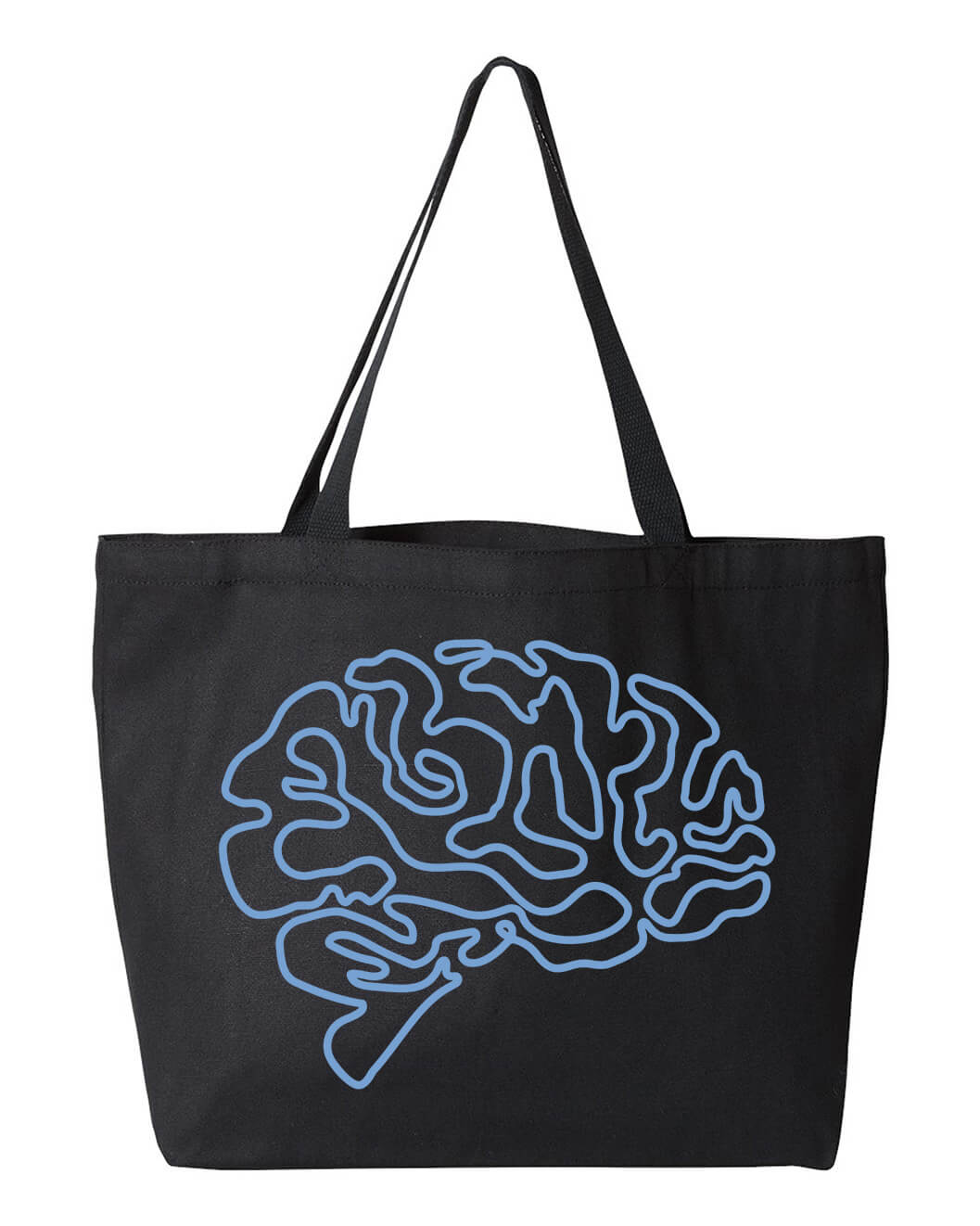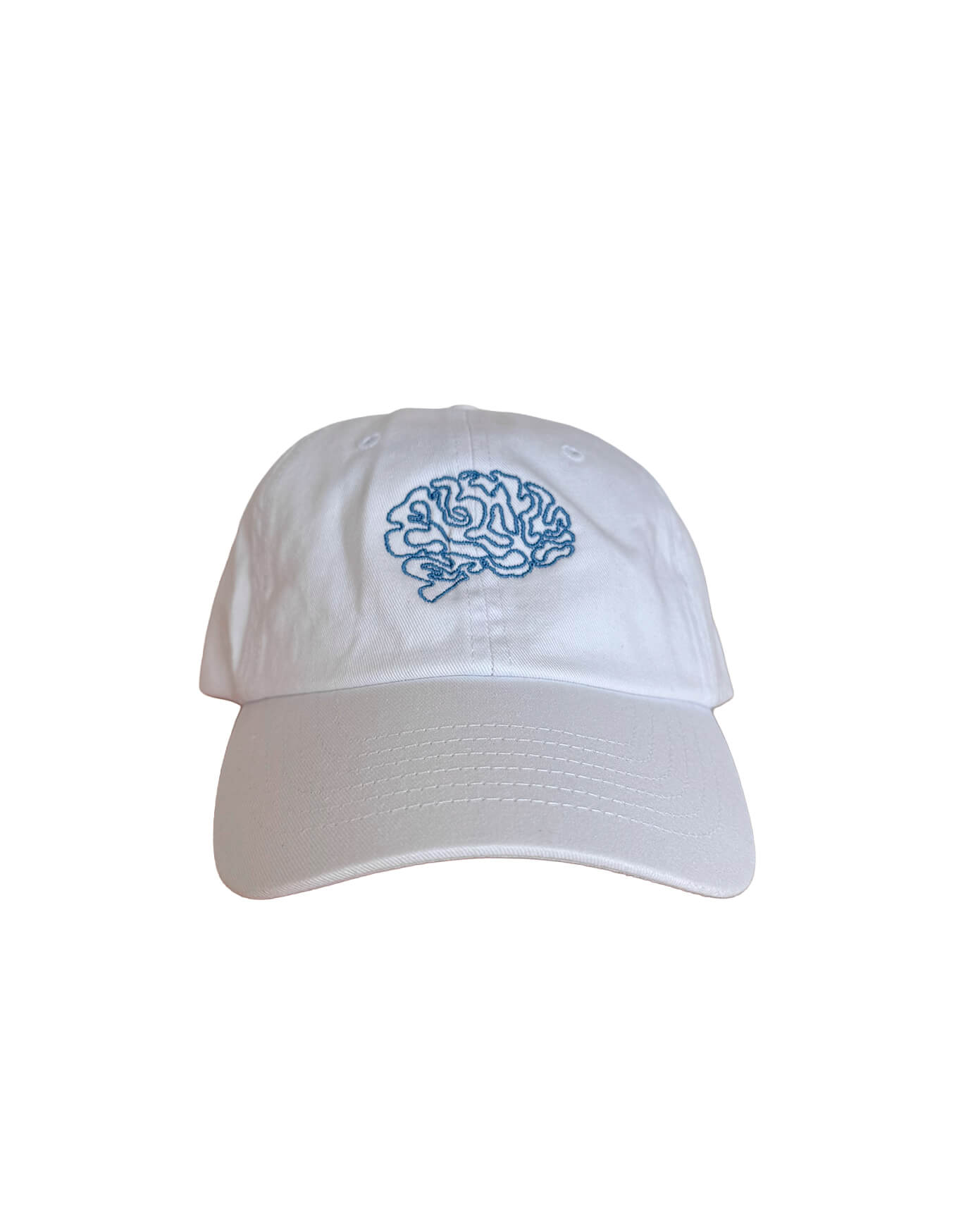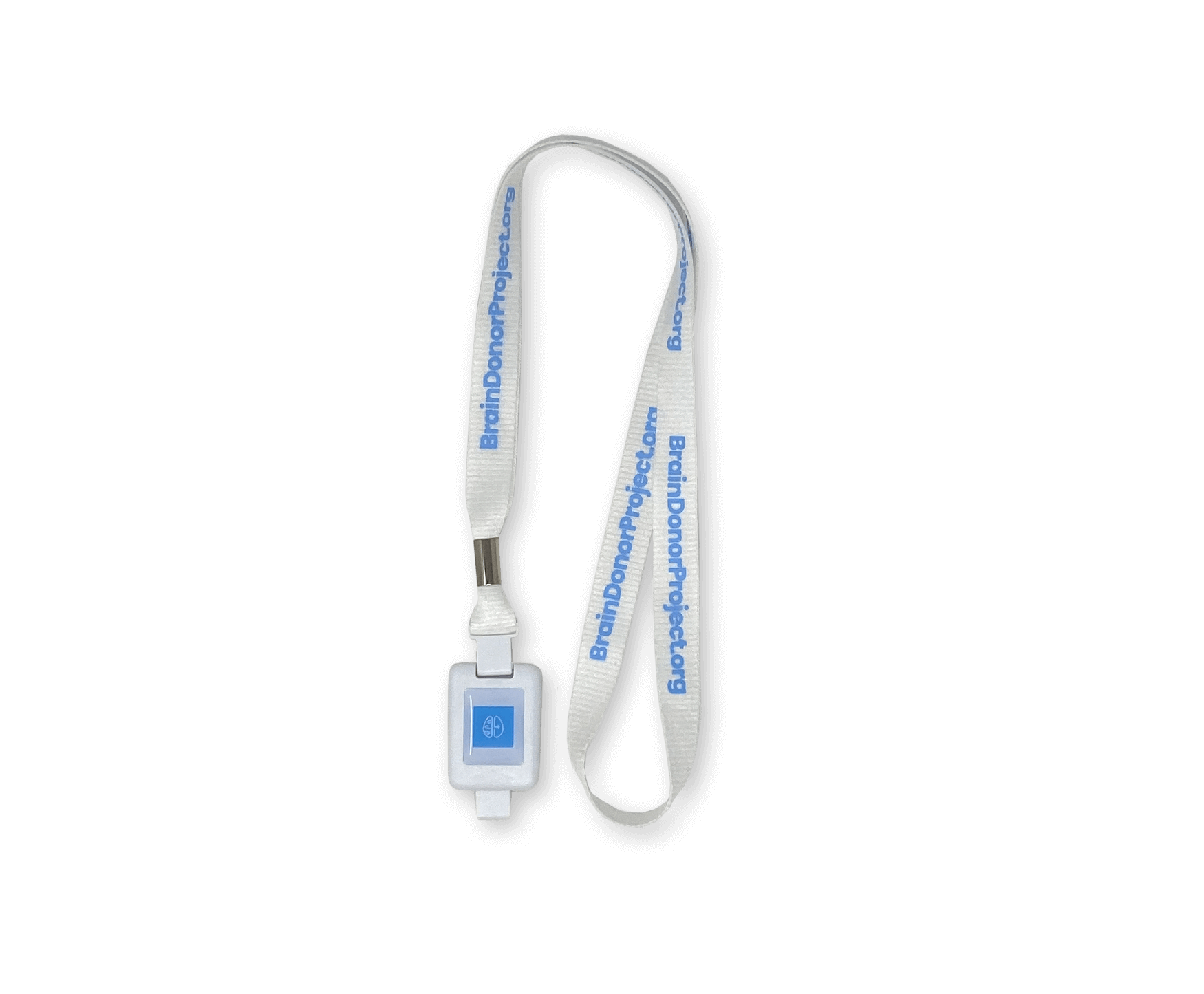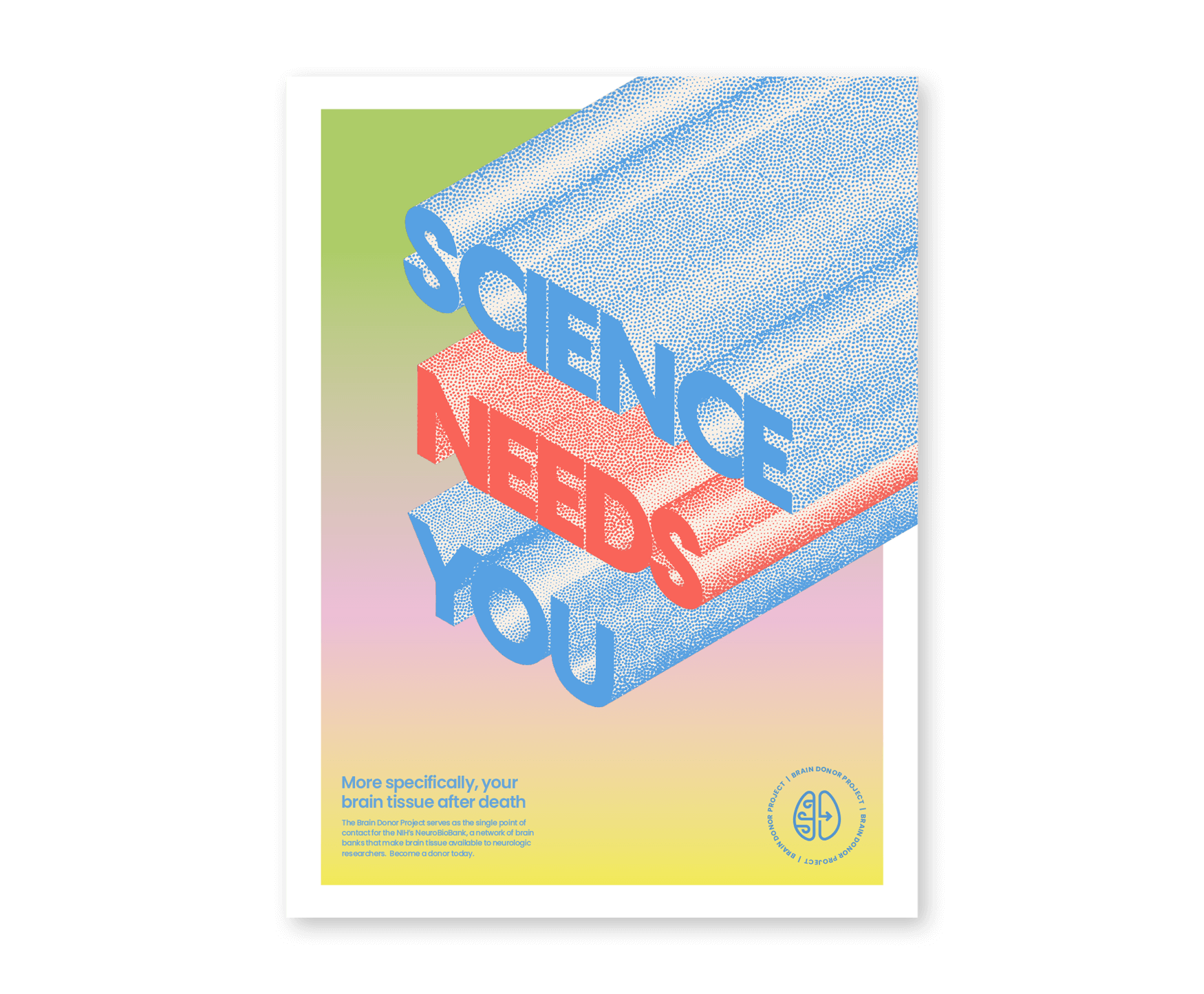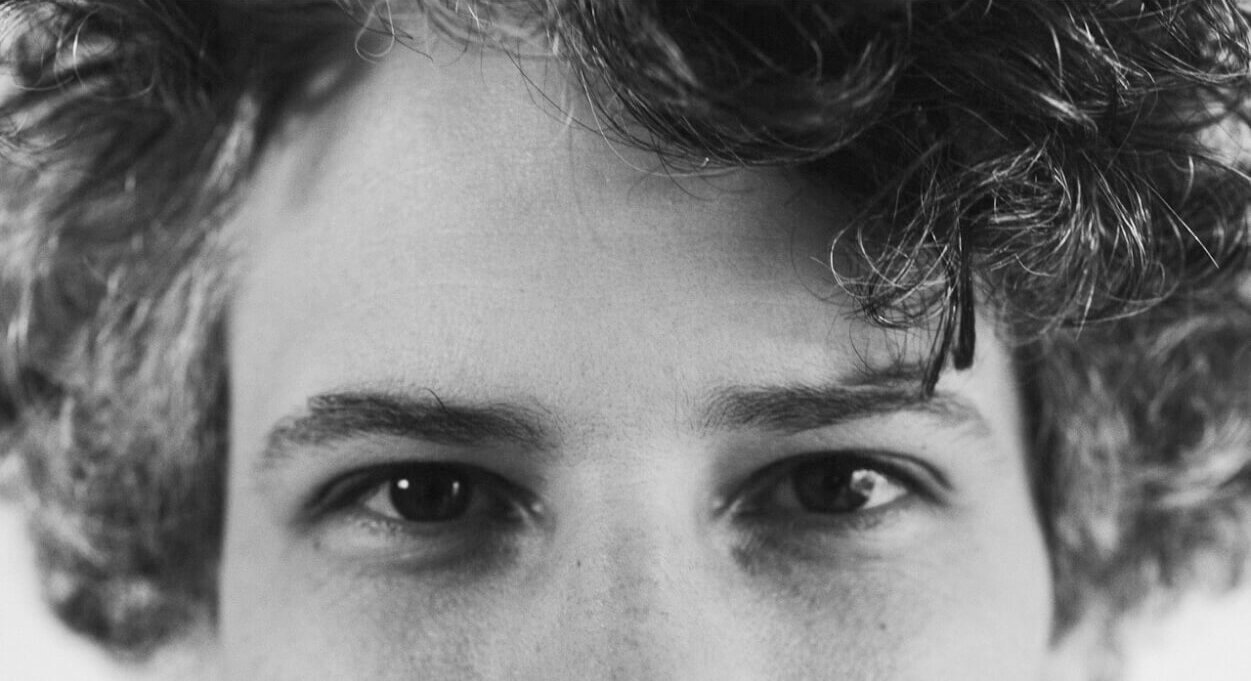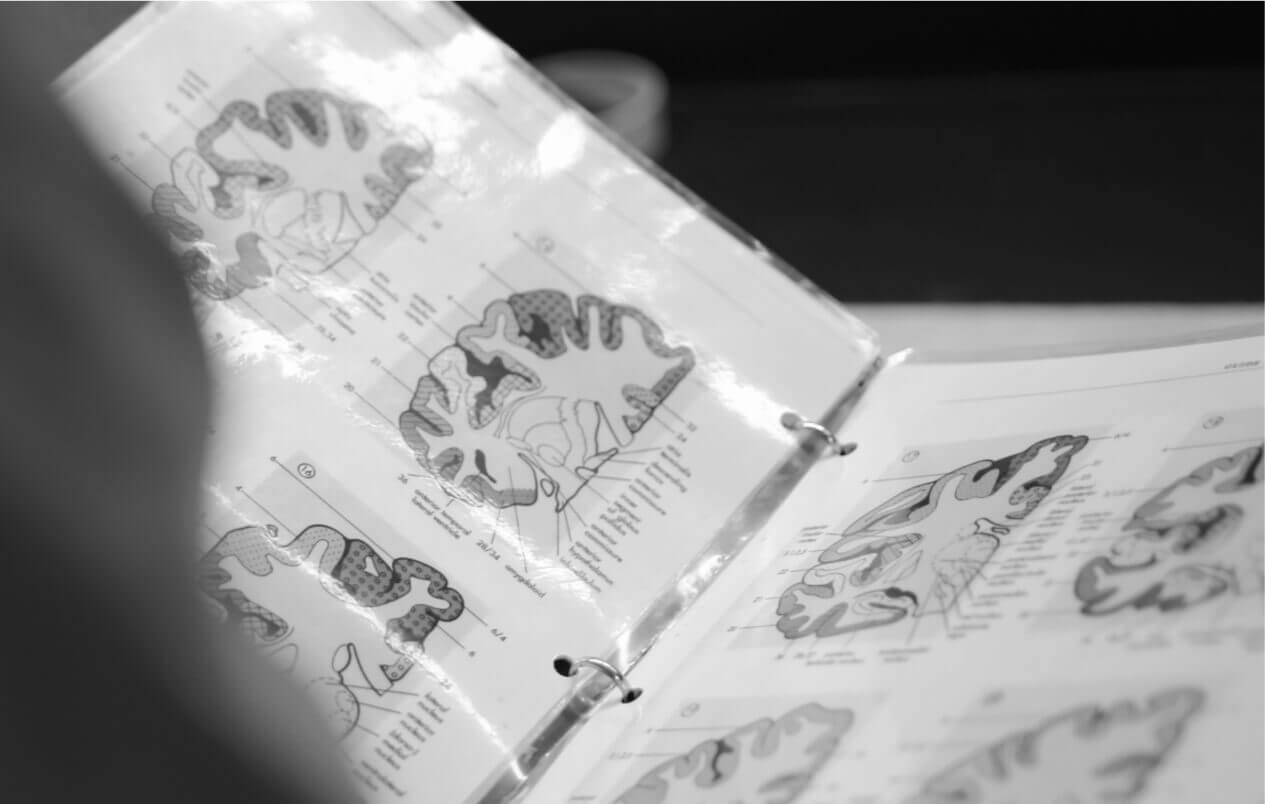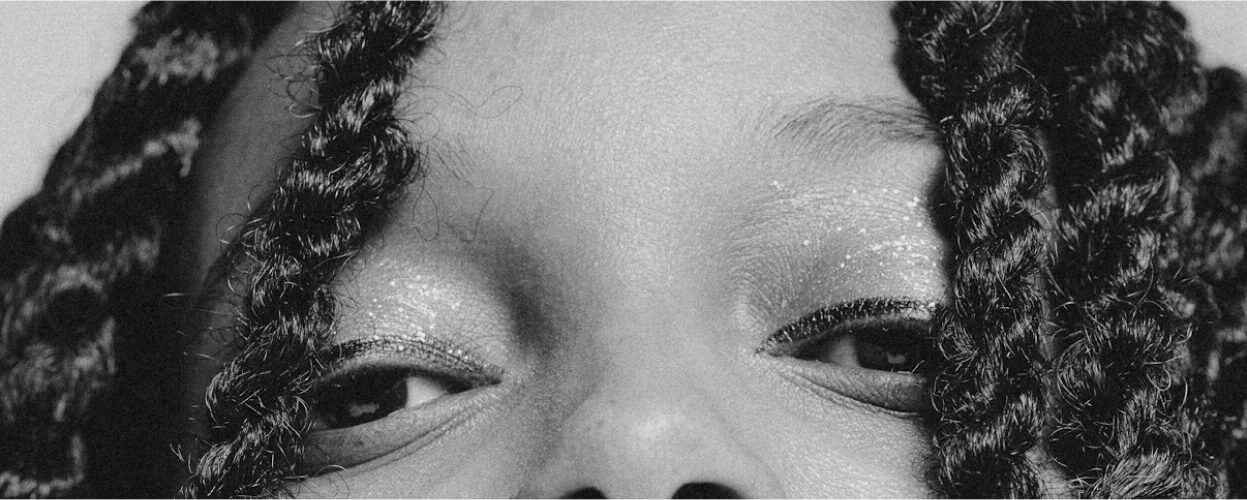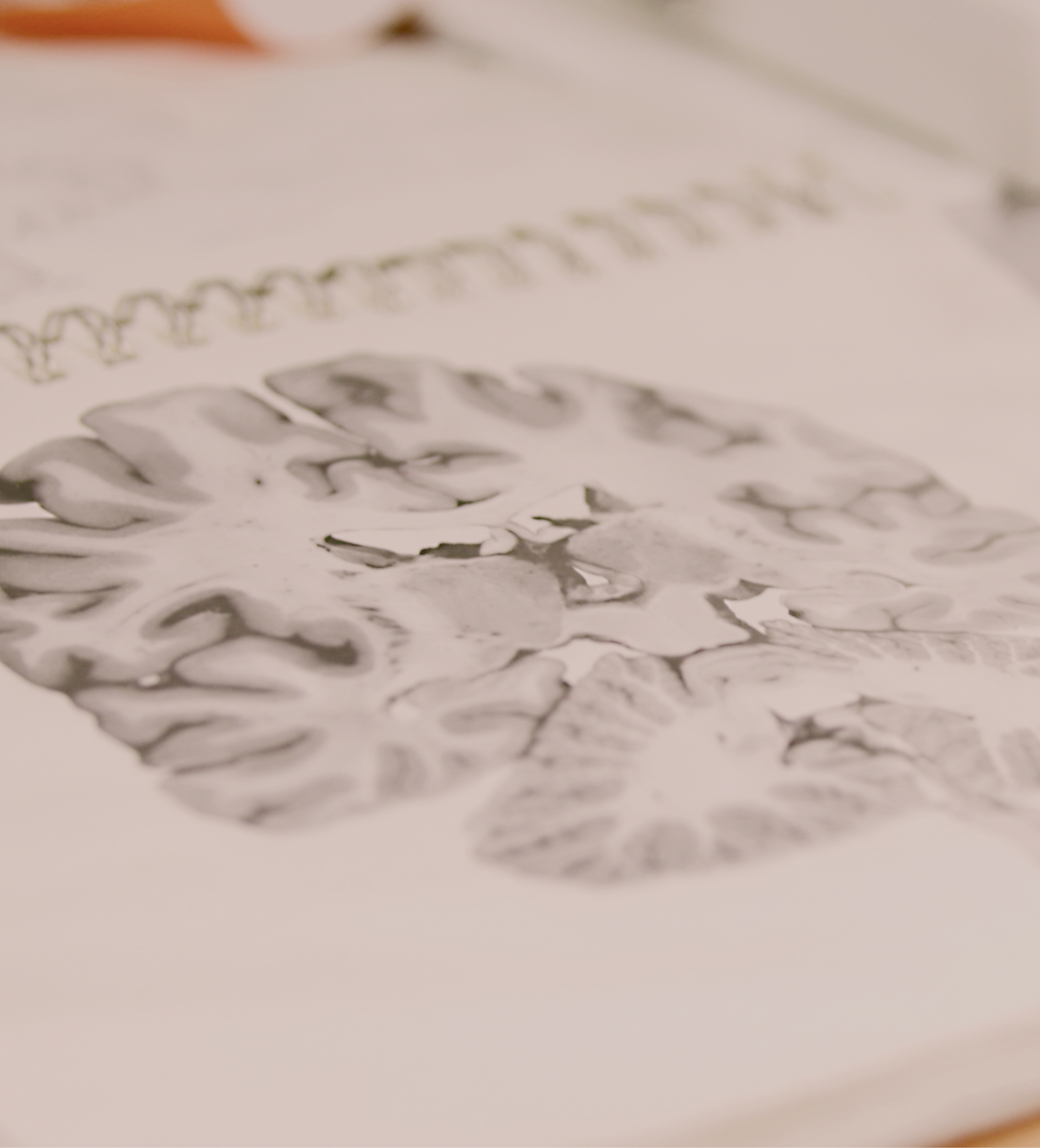
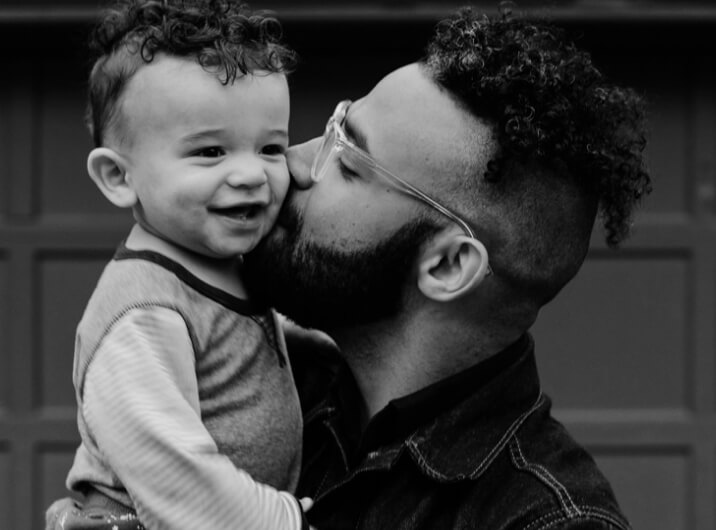

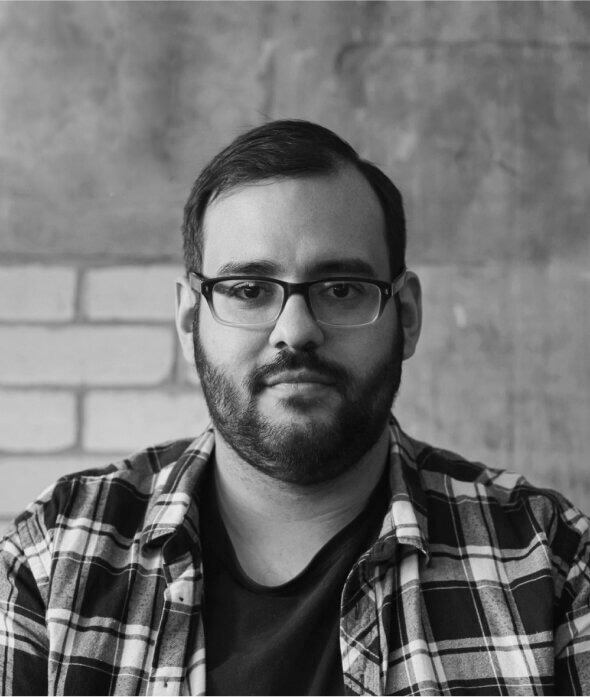

Science needs you
Be the brain behind the breakthrough
Yours can be the brain that makes a difference—whether you have a neurologic disorder or a healthy brain. Scientists need this valuable tissue and there is no cost to you or your family to leave this precious gift.
Why brain donation?


Nearly one in three people worldwide are affected by a neurologic disorder
Diagnoses of dementia and traumatic brain injuries are rising at alarming rates; addiction is a tragic epidemic, and serious mental illness is crushing our families. Additionally, our chances of developing a brain disorder increases drastically with age - and we are living longer than ever.
Donated brain tissue for neurologic study is critically needed to identify treatments and cures for all kinds of diseases and conditions affecting the brain. One brain can provide tissue for dozens - sometimes hundreds of studies. An individual brain donation is a highly valuable gift that almost anyone can make.
Become a Brain Donor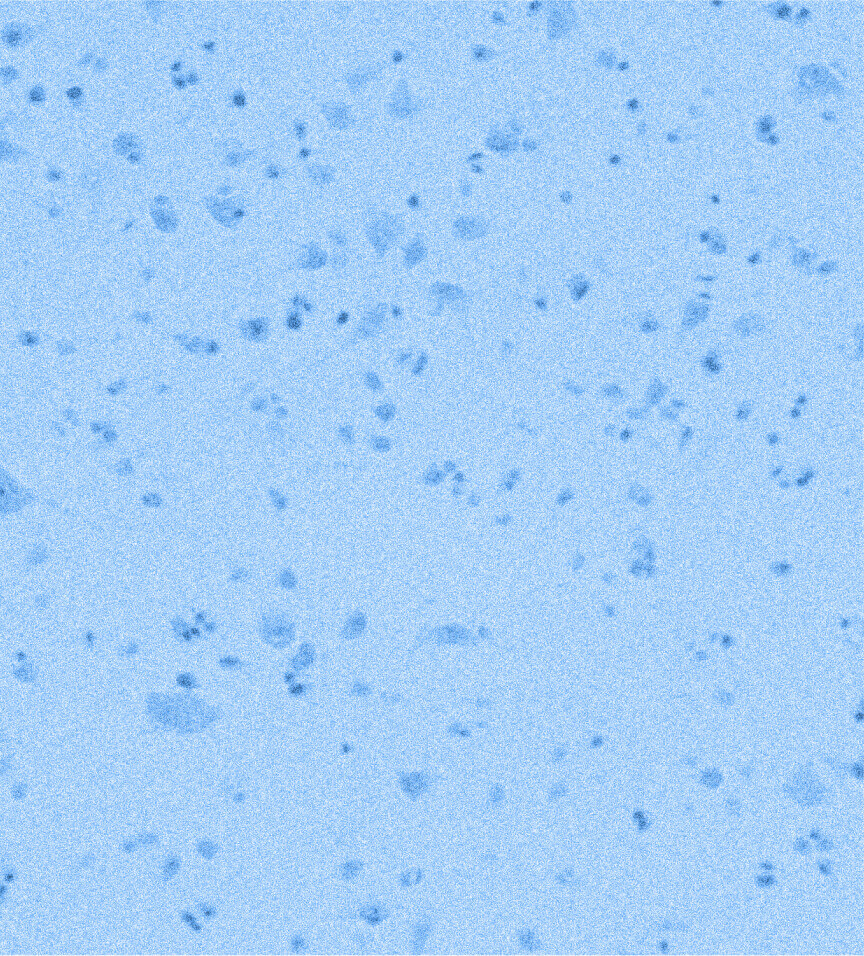
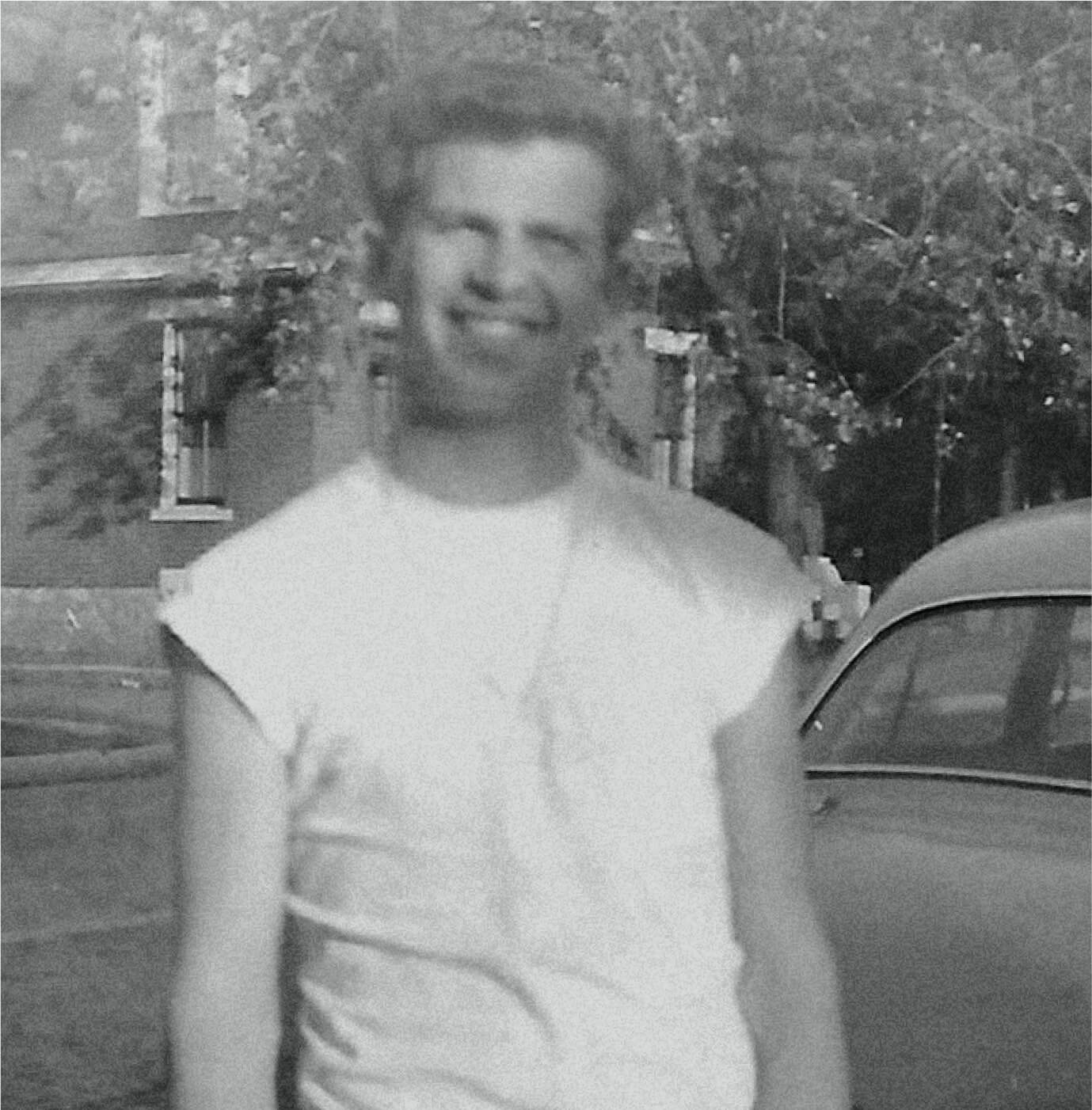
Inspired By One Man's Gift
The Brain Donor Project is the legacy of Gene Armentrout, who died in March 2015 from Lewy Body Dementia (LBD). When his family learned more about LBD and the need for brain donation to find answers for neurologic disease, The Brain Donor Project was born.
Read All About It
BDP Merch
Support the BDP and look good doing it. Tote bags, sweatshirts, tees, mugs and more are now available for order.
Sign Up For Our Newsletter
For news, donor stories, new merch and more




